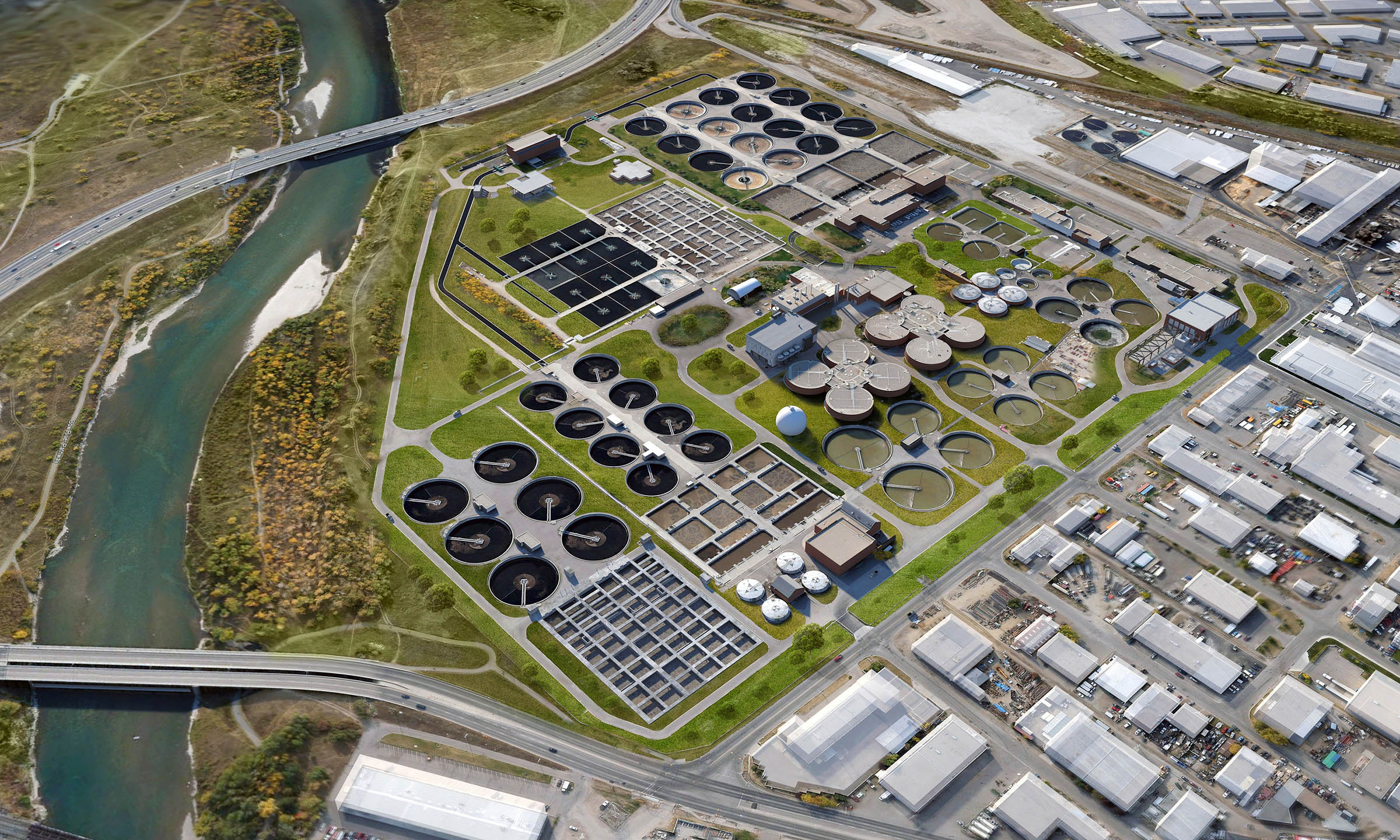Advanced Waste Water Treatment Solutions for Sustainable Water Administration
Advanced Waste Water Treatment Solutions for Sustainable Water Administration
Blog Article
Strategic Approaches to Boost Waste Water Therapy Effectiveness and Reduce Ecological Effect
In the world of waste water treatment, the quest for improved effectiveness and decreased environmental effect is a continuous difficulty that requires strategic solutions. As society faces the essential to take care of water resources sustainably, a nuanced strategy ends up being crucial. The integration of advanced treatment modern technologies, energy-efficient processes, resource healing approaches, enhanced nutrient removal methods, and smart monitoring and control systems represents a multifaceted framework for resolving these pushing concerns. However, what lies at the core of this complicated internet of techniques is the possible to reinvent the method we approach waste water treatment, not equally as a process of disposal, but as a beneficial chance for innovation and environmental stewardship.
Advanced Therapy Technologies
Sophisticated membrane filtering systems have actually reinvented sophisticated wastewater treatment procedures, dramatically improving the elimination of pollutants. These innovative systems work forcibly water through a semi-permeable membrane, properly separating pollutants from the water stream. The membrane layer's tiny pores catch pollutants such as bacteria, infections, and suspended solids, permitting only cleansed water to go through. This innovation has actually proven to be highly efficient in removing a variety of impurities, including pharmaceuticals, hefty metals, and natural compounds, which are commonly challenging to get rid of with standard treatment approaches.
Moreover, membrane layer filtration systems offer many benefits over standard therapy approaches. In addition, these systems are highly functional and can be quickly incorporated into existing treatment plants or made use of as standalone systems for decentralized applications.
Energy-Efficient Procedures
The combination of energy-efficient processes in wastewater therapy systems is crucial for maximizing resource application and lowering operational costs. By carrying out energy-efficient technologies, therapy plants can dramatically lower their carbon footprint and total ecological effect. One vital strategy to boosting energy effectiveness in wastewater therapy is the application of advanced aeration systems, such as fine bubble diffusers or surface aerators, which can boost oxygen transfer effectiveness and minimize energy usage. Furthermore, incorporating power recuperation systems, like anaerobic food digestion for biogas production or using excess warm for thermal processes, can aid balance out energy requirements and advertise sustainability.
Moreover, maximizing procedure control and automation via the usage of innovative sensors and monitoring systems can boost general energy performance by readjusting operations in real-time based upon real need and problems. Carrying out energy audits and consistently keeping an eye on power efficiency indications are necessary practices to determine locations for enhancement and track energy-saving efforts effectively. On the whole, the adoption of energy-efficient procedures in wastewater treatment not just benefits the setting but also contributes to lasting price financial savings and functional sustainability.
Source Healing Techniques
With a focus on optimizing resource utilization and sustainability in wastewater therapy systems, the application of resource recovery methods emerges as a critical aspect in boosting functional performance. Source recovery methods in wastewater therapy include the recognition and removal of beneficial resources from the waste stream, consequently transforming what was as soon as considered waste into a valuable asset. By carrying out resource recovery methods such as nutrient elimination and healing, energy generation from raw material, and the manufacturing of recyclable water, wastewater therapy plants can reduce ecological influence while making best use of effectiveness.

Enhanced Nutrient Removal Techniques
Executing sophisticated nutrient removal methods is necessary for enhancing the performance of wastewater therapy systems. Improved nutrient removal plays an essential role in reducing the environmental impact of cured effluent released into water bodies. One of the key techniques used for boosted nutrient removal is the process of organic nutrient removal (BNR), which involves the elimination of nitrogen and phosphorus via biological processes. This can be achieved with using specialized bacteria that can convert nitrogen substances into inert nitrogen gas via denitrification, and accumulate phosphorus within their cells via a process called enhanced organic phosphorus removal (EBPR)

In addition to BNR, advanced treatment techniques such as membrane bioreactors (MBRs) and constructed wetlands can also be utilized to improve nutrient elimination effectiveness. By integrating these sophisticated nutrient removal methods right into wastewater therapy systems, sectors and districts can effectively minimize nutrient pollution and safeguard the atmosphere.
Smart Monitoring and Control Systems
Making use of sophisticated modern technology, the combination of wise monitoring and control systems changes the functional effectiveness of wastewater treatment facilities. These systems include sophisticated sensors and information analytics to constantly keep track of essential criteria such as pH degrees, turbidity, dissolved oxygen, and circulation rates in real-time. By accumulating and analyzing this information, operators can get beneficial understandings right into the performance go right here of the therapy processes, making it possible for aggressive changes to enhance therapy effectiveness.
Smart surveillance and control systems likewise support remote monitoring abilities, allowing drivers to access real-time information and control functions from off-site areas. This remote availability enhances functional flexibility and responsiveness, making it possible for swift treatments in situation of system breakdowns or changes in influent quality. The predictive upkeep abilities of these systems assist avoid equipment failings and lessen downtime, inevitably boosting the total reliability of wastewater treatment procedures.
Conclusion
To conclude, tactical techniques such as sophisticated therapy technologies, energy-efficient processes, source recuperation strategies, boosted nutrient elimination methods, and smart monitoring and control systems play a crucial role in boosting wastewater treatment effectiveness and decreasing environmental impact. By carrying out these techniques, wastewater treatment plants can enhance their general efficiency, lower power intake, recoup useful sources, and make certain conformity with ecological policies. These strategies are important for sustainable and webpage efficient wastewater administration methods.

In verdict, tactical approaches such as sophisticated treatment modern technologies, energy-efficient processes, resource healing techniques, enhanced nutrient elimination strategies, and wise monitoring and control systems play a crucial function in boosting wastewater treatment effectiveness and lessening environmental influence.
Report this page